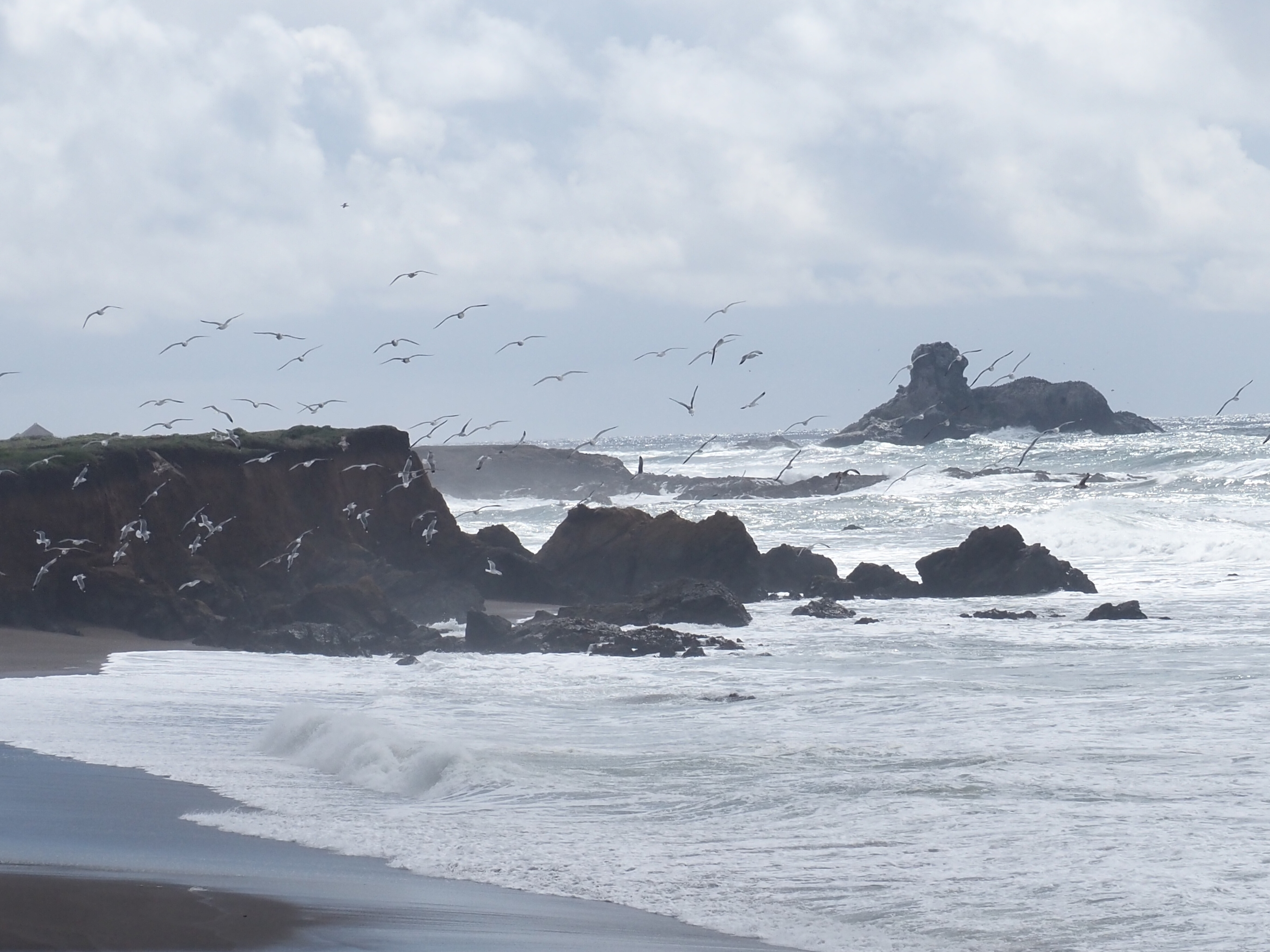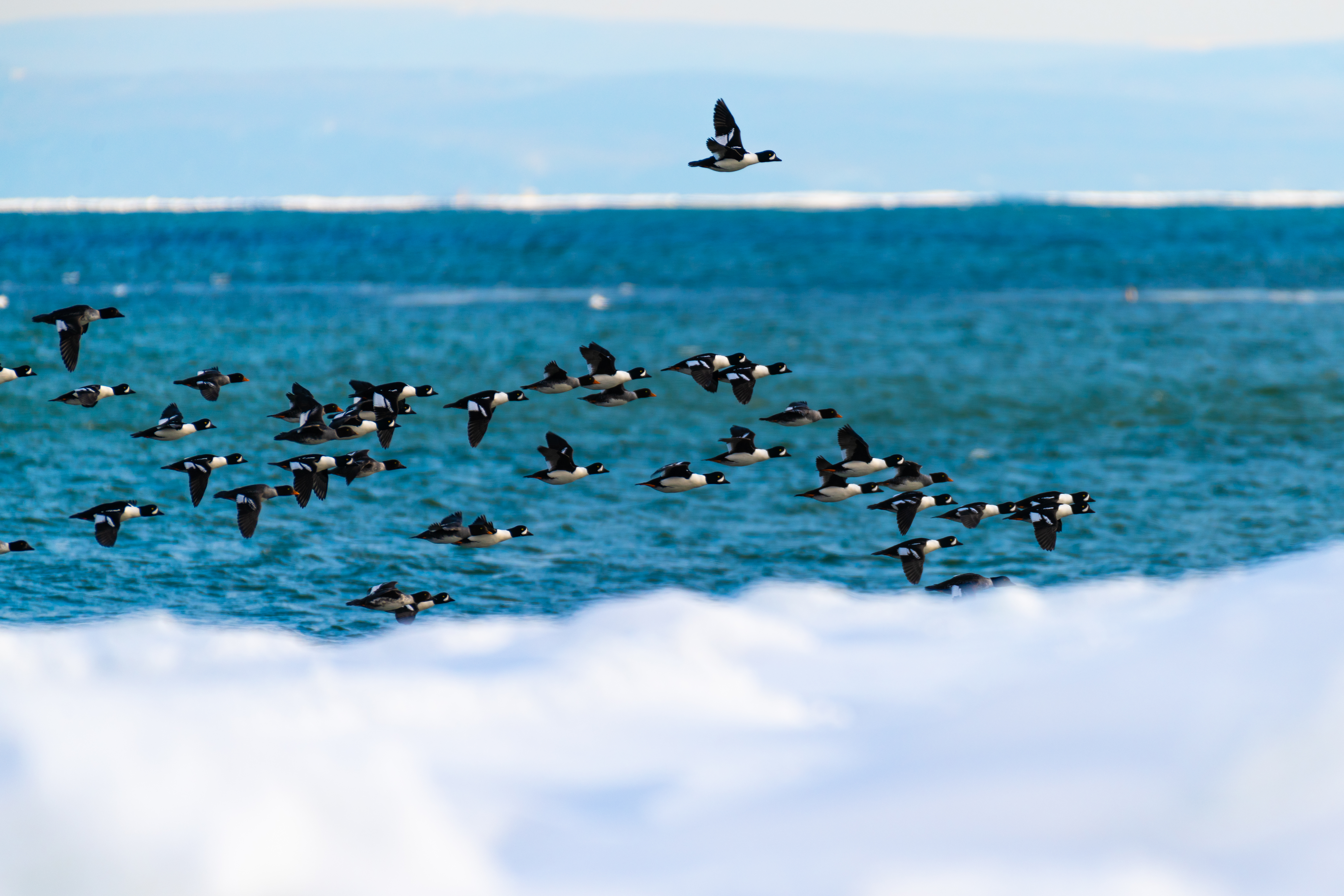This week we speak with Anthony Simond, who spent two weeks aboard the Bleuvet in September 2016 to collect bacteria samples from the skin of belugas…
Bacteria on the skin of belugas
We’re well into autumn now, and it’s getting a little colder every day. It’s been about a month since I returned from my last round of sampling St. Lawrence belugas. When I think back on those two weeks of work, lots of memorable and beautiful images come to mind.
For two weeks, I joined the crew aboard the Bleuvet to collect samples of microbiota living on the skin surface of belugas. Why? British Columbia-based researchers Caren Helbing (University of Victoria) and Fiona Brinkman (Simon Fraser University) recently observed that the composition of skin microbiota in frogs may reflect a state of contamination owing to endocrine disruptors. Inspired by this observation, we wonder if it might be possible to get a quick and easy overview of the state of contamination of St. Lawrence belugas simply by taking swabs from their skin surface…
But first we have to validate this technique. Moreover, we mustn’t forget that cetaceans are almost constantly submerged and exposed to various water masses, so their microbial composition can vary drastically. Therefore, we must first prove that the presence of microorganisms can be detected on the belugas’ skin, and that a distinction can be made between microbes that come from their environment and those that are unique to the animals.
To do so, we must collect microorganisms from the belugas’ skin, as well as take water samples that will allow us to detect microorganisms in the water in which the belugas were present at the time of the sampling.
This project is being carried out in collaboration with Jonathan Verreault (UQAM) and Magali Houde (Environment and Climate Change Canada).
A sampling campaign full of surprises
September 12, 2016, 07:30: I am about to leave for my first day of sampling aboard the Bleuvet. I’m a bit nervous. Did I forget any material? Is my protocol sufficiently polished? Will we collect enough samples? After setting up all my equipment, I check one last time to make sure I have everything. I installed my “lab” in the boat’s cockpit, where I’ll be spending most of my time over the next two weeks.

I’m accompanied by the captain, Michel Moisan, and his assistant, Tim Perrero – both of whom will be in charge of identifying beluga groups and taking photos – and Véronique Lesage (Fisheries and Oceans Canada), who is generously allowing me to participate in her sampling program. Véronique is the one who initiated this campaign, the goal of which is to collect enough beluga biopsies to analyze the hormones in their fat. As collecting microbial samples does not in any way preclude taking biopsies, combining our projects allows for a nice optimization of sampling.
The first week is somewhat discouraging. After many hours on the water for seven consecutive days, we have collected fewer than 20 biopsies. Fog, followed by wind and rain, then fog again, force us to stay mainly in the Saguenay sector. The Saguenay is stunning, but we often encounter the same individuals, who are generally less easy to approach. We’re still quite far from attaining our goal, but we’re not throwing in the towel just yet. A few days later, a lull sets in, but the animals remain difficult to approach. With four days to go till end of the sampling campaign, we’ve accumulated only about thirty biopsies out of the 70 expected. Can we collect over 30 biopsies in four days? This is feasible in theory, but given the behaviour of the animals over the past few days, we’re doubtful that we can pull off such a feat. But then our luck begins to turn; that day, we collect ten biopsies! The following day cruise operators report belugas off the coast of Les Escoumins. Against all expectations, we come face to face with a large herd of belugas, mostly males. The herd is huge. There are white dots everywhere on the horizon. It’s unreal! And, the animals are cooperative. To top it all off, on the way we encounter the narwhal that had been observed in the St. Lawrence Estuary a few weeks earlier. This enormous herd remained in the same area for the two remaining days.
Such fortuitous circumstances in the final days allowed us to successfully collect a total of nearly 80 biopsies. These precious samples represent a great achievement, not only for Véronique’s and my project, but also for the St. Lawrence beluga population, for which our findings might one day afford better protection.
 Property of the GREMM and the St. Lawrence National Institute of Ecotoxicology, the Bleuvet is a research boat dedicated to the research program on St. Lawrence belugas. Managed by GREMM scientific director Robert Michaud, the Bleuvet crew is composed of Michel Moisan, Tim Perrero and Simon Moisan.
Property of the GREMM and the St. Lawrence National Institute of Ecotoxicology, the Bleuvet is a research boat dedicated to the research program on St. Lawrence belugas. Managed by GREMM scientific director Robert Michaud, the Bleuvet crew is composed of Michel Moisan, Tim Perrero and Simon Moisan.





